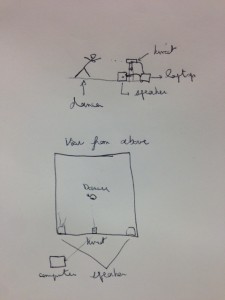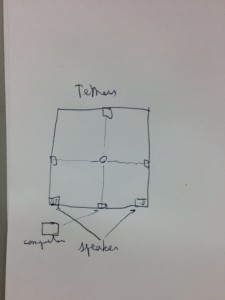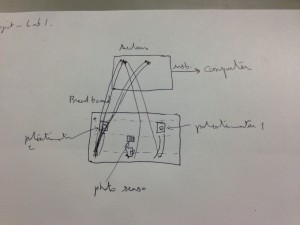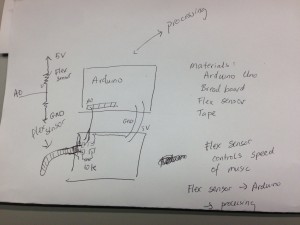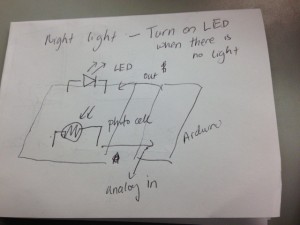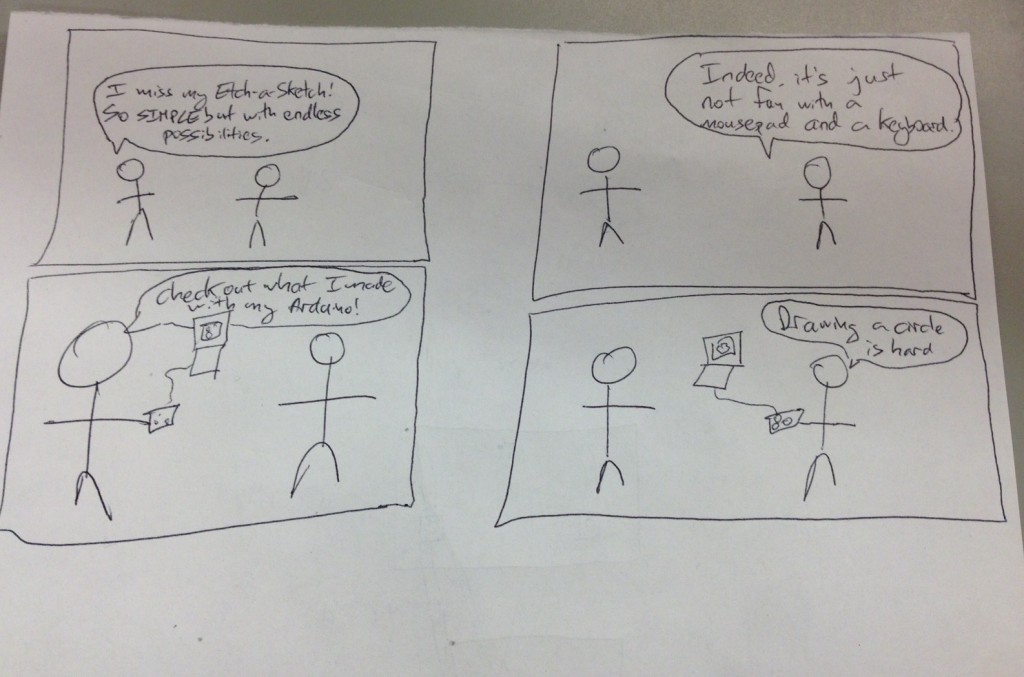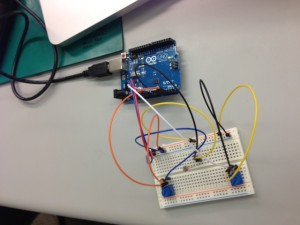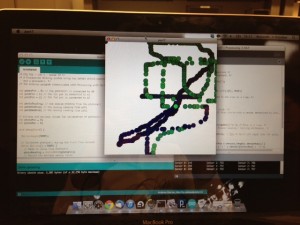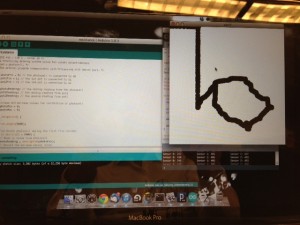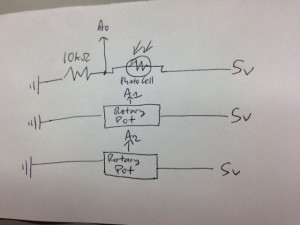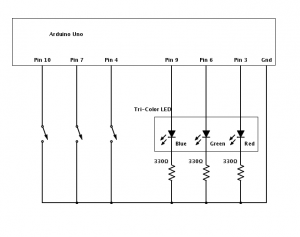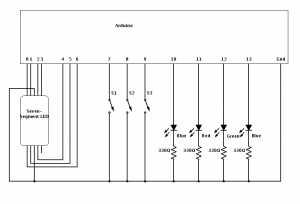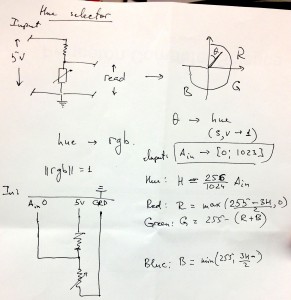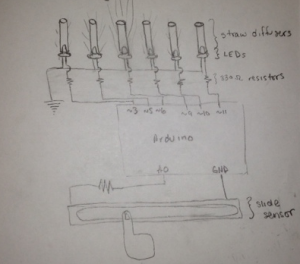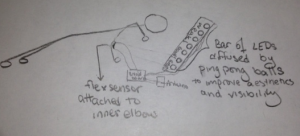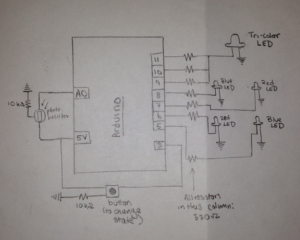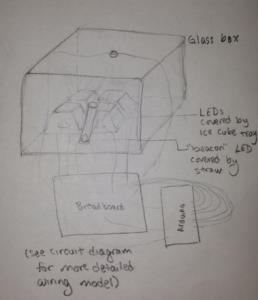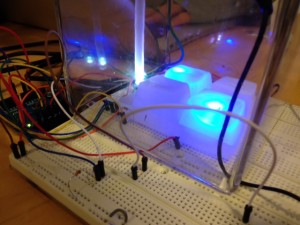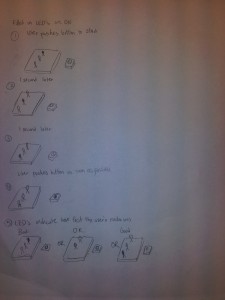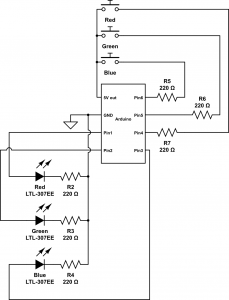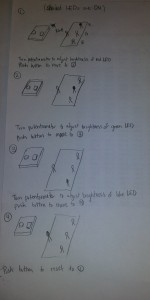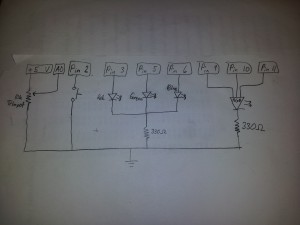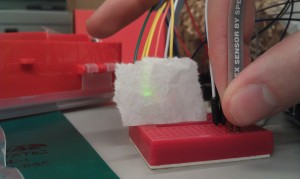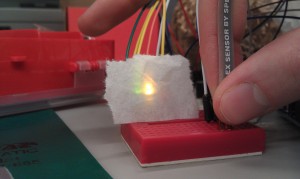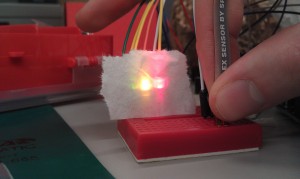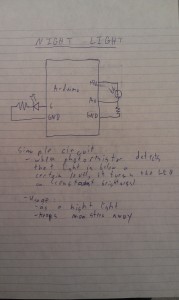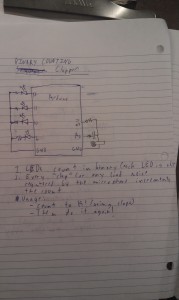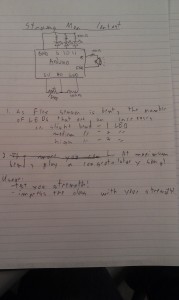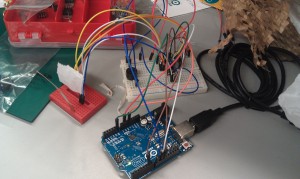Group 10:
- Osman Khwaja (okhwaja)
- (av)
- Igor Zabukovec (iz)
- Junjun Chen (junjunc)
Brainstorming List
- Fingerprint sensing bike lock opener.
- Password gesture for opening a door.
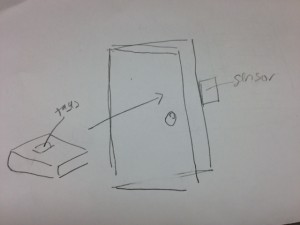
- Darkness detecting light system for dorm rooms.
- Mood Llghting based on music.
- Device that automatically scrolls Facebook based on your eye position.
- Kindle that flips the page based on your eye position.
- Switch computer windows with gestures.
- Shades that close based on how bright it is outside.
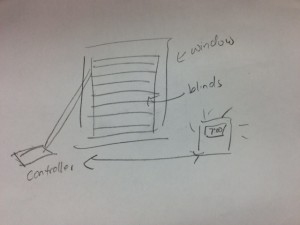
- Shades on a timer for taking naps.
- Alarm clock that opens blinds.
- Alarm clock that senses if you’re still in bed.
- Drawers that open pants/shorts, t-shirts/long sleeve based on the weather.
- Golf swing analyzer sunglasses.
- Smart foot stool that softens when you put your foot on it but stays rigid when other things are on it.
- Automatic coiling headphones that coil when you tug on them 3 times above a certain tension threshold.
- A mouthguard type sensor that tells if, after brushing your teeth, your mouth has an acceptable amount of plaque.
- A laptop monitor sensor that adjusts the angle of the screen based on your positioning in bed.
- A smartphone keyboard that adjusts to how you’re holding it (i.e. if holding it with one hand, will make a viable keyboard that caters to your one-handedness).
- When connecting external monitors to your laptop, you have to set your screen’s relative position. How about creating a system that that adjusts the external screen based on your position relative to the screen?
- A running shoe step monitor that tells a runner if they’re pronating their foot properly and recommends what type of shoe to buy.
- A gadget that lets you compare prices of a certain good while you’re at the store. Imagine you walk into Walmart and want to know if you’re getting a good deal on these headphones. Pull out smartphone/gadget, take picture, and a list of competitor prices shows up. (Kayak for real life).
- A toothbrush that tells you if you’re brushing your teeth too hard.
- Shoes that, as you’re jumping in the air, brace for impact by increasing cushion (I think laptops have something similar).
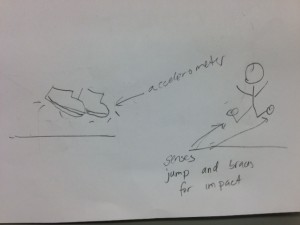
- A phone, that when placed on your bed, senses that you’re asleep and automatically moves calls to voicemail.
- Developing an alternative for knobs for music production programs (knobs are terrible to use with the mouse … we could just use physical knobs, but is there something more interesting?).
- Turn a laptop into a touch screen.
- Water dispenser that measure the amount of water in your cup (so it can stop pouring).
- Refrigerator that tracks what you have (and how much) and tells you what you need to buy.
- Sensor that reminds you to water your plants when the soil is dry
- Clothing that tells you if you’re slouching
- Clothing that indicates when it is stained / wrinkled / untucked, etc.
- Glasses that indicate whether or not you are straining your eyes too much (for example if you spend a lot of time in front of your computer screen).
- Headwear to help blind people navigate (senses when there is something in their path)
- Sound visualizer: Turn sounds to colors (for deaf people, or just to visualize sounds)
- System for dancers to learn moves that is synchronized to music. i.e. if they practice moves slowly, the music will play slowly, if they stop, it stops, etc.
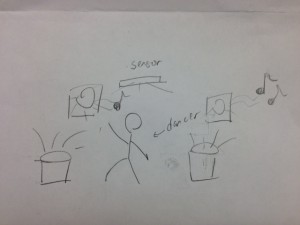
- Similarly, an interactive system that responds to a dancer’s movements by generating both sound and visuals, allowing the dancer to control an entire multimedia performance (not necessarily just for practice).
- A similar system that compares a dancer’s moves against a previously recorded prototype (say by a teacher), so it can show mistakes in practice.
- A similar system for musicians to practice with an accompaniment track (slows down when they do, etc.)
- System that tells you if you have everything you need when you leave your room
- System that helps you find stuff in your room
- Live responsive software to music for a party : visuals are created according to the music played by the band/dj : sound, patterns, volumes. Possibility to use machine learning algorithms so that the software could recognize patterns in music
- Live responsive software to people’s movement in space for party: create visuals according to their movements: combining micros and kinects and use effects.
- Combine 40 and 41 : create a whole integrated systems for parties, where the experience keeps changing.
- Tools on shopping carts that reads your shopping list on a USB key. Then minimize the distance in the shopping mall and tells you where to go exactly on a screen placed on the shopping cart.
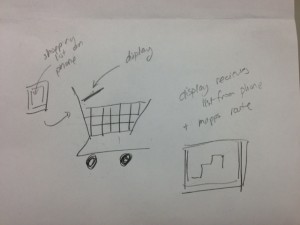
- Shopping cart as above, but instead of just telling you where to go, drives itself following the calculated path.
- Bike padlocks that have heating function (using a battery) so that the lock does not get stuck when it freezes (this happened to me a few times and it is very annoying).
- Electronic remote that can be used for all sorts of appliances: control your coffee machine, tv radio, etc.
- Same idea, except using voice and gesture recognition: by saying “coffee”, “TV”, etc. turn things on or off, and by raising or lowering your arm change the volume (for example).
- Tool to plug and heat the coffee machine and make your coffee when your alarm clock goes off or when you go out of bed (in connection with idea 11) so that you do not have to wait in front of your coffee machine.
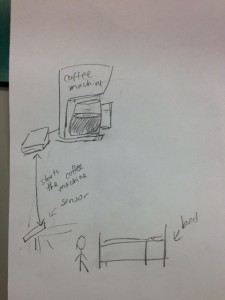
- System to drive a car using only eye movements, for paraplegics.
- Program that allows your to chance the source code file that you are working on without using the keyboard, so that you separate the functions of writing code and of choosing the file.
- A new way of accessing different directories on the computer that simulates files organized in a 3d space.
Idea Chosen
We chose idea #35: System for dancers to learn moves that is synchronized to music (i.e. if they practice moves slowly, the music will play slowly, if they stop, it stops, etc). We chose this because this (more than many of our other ideas) applies to a specific target user group. We also think that learning moves is a real world problem that our system could realistically help solve. Our system wouldn’t interfere much with users’ normal practice, which means it wouldn’t be hard for them to use. Also, since there are many dancers on campus, we would have access to the target user group for testing. It seems feasible in terms of budget, as it wouldn’t require very many parts. It would be a Kinect-based application, but as a second idea, we could also use tethers and other sensors (large flex sensors, etc). It also seems feasible in terms of work, and it is also a good starting point from which we can build on if we have time to extend the project (see ideas #36 and #37).
Target User Group
Dancers are our target user group. Although this system would ideally be useful for all dancers, it will be particularly interesting to work with dancers who want to introduce non-traditional practices in their performance, where their craft consists of an interaction with the music, instead of being treated as a response to the music. A very important aspect of our system is to minimize any limitations to their movement, and to allow the system to work in a large space.
Project Description and Context
A system to allow dancers to practice moves without disturbing their practice. Currently, if dancers want to change their music during practice, they must stop and go to a device that controls the music (like a computer or iPod). This would disrupt their practice, as it would require a lot of back and forth movement unrelated to the piece that they wish to perform. Additionally, since there is no easy way of controlling the tempo of the music on the spot, a dancer must adjust their moves to the predefined tempo. This may work for performances, but is not good for practice, when the dancer might want to practice some moves slower (but still to the music). This whole process might be improved with a technical solution that makes the music follow the person, instead of the other way around. Dancers must spend a lot of time practicing and they generally have a set practice location. This means that the problem solution does not have to be mobile, and that the user group would be motivated to use it. One related solution is using a remote control, but this means that the dancer must carry the remote with them. There are also other gesture based control systems, but they require the dancer to interrupt their practice in order to display these gestures to control the system. Our aim to develop a more “intelligent” and responsive system, to make the practice routine as fluid and efficient as possible.
Technology Platform
We chose to use several sensors :
– Kinect would probably be the best and most useful since it can easily capture movements. This would capture the whole body movement of the dancer, as well as allow the dancer to move around the room. Also, since we can use gesture controls with the Kinect, this also means that the dancer wouldn’t have to walk from their practice location to say a computer or other physical interface to control the music. A Kinect platform would be the least disruptive to a dancer’s normal practice.
– In case no kinect are available we could use tethers: thanks to them it is possible to determine the position of the dancer and their movements. However, the dancers would have to be attached to physical objects on stage which is not as practical, but could create interesting performance possibilities
– Flex sensors with an Arduino can also be used as well, though seem more difficult.
Sketches

